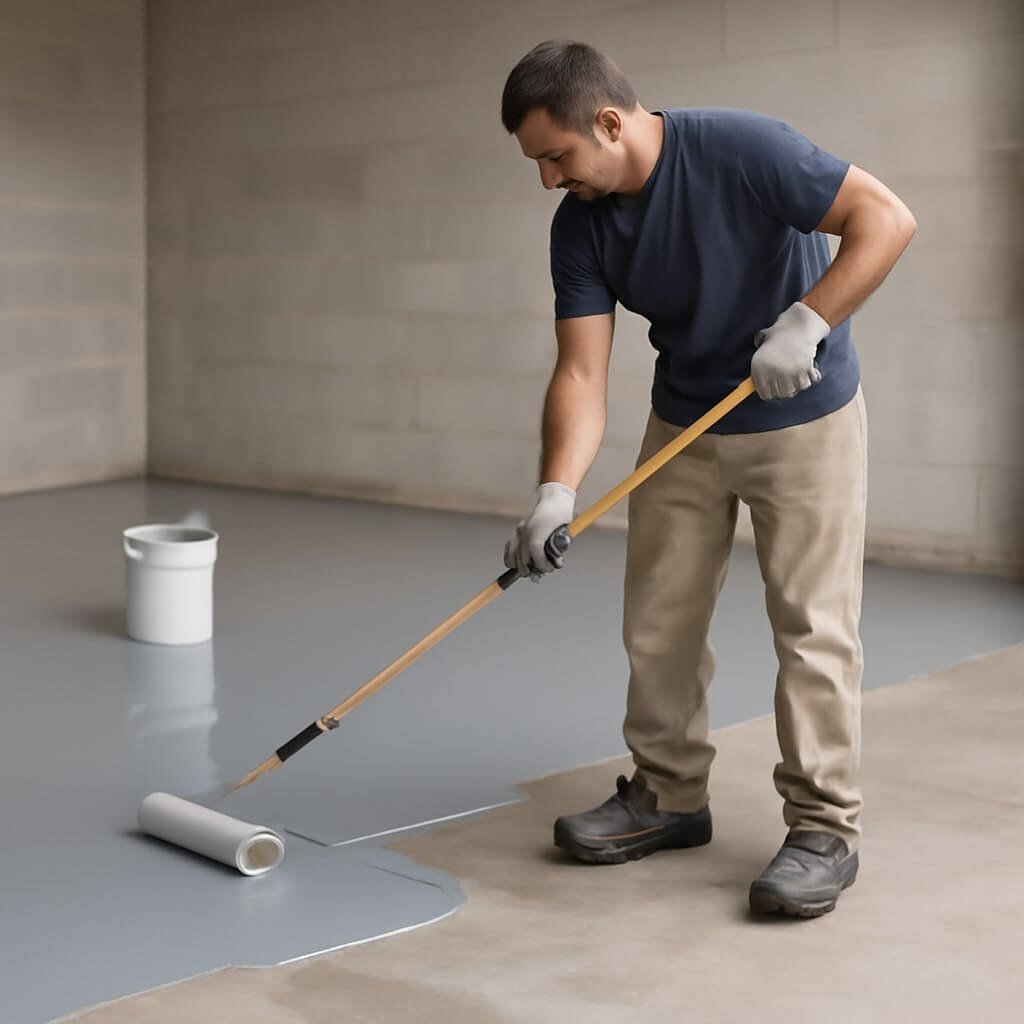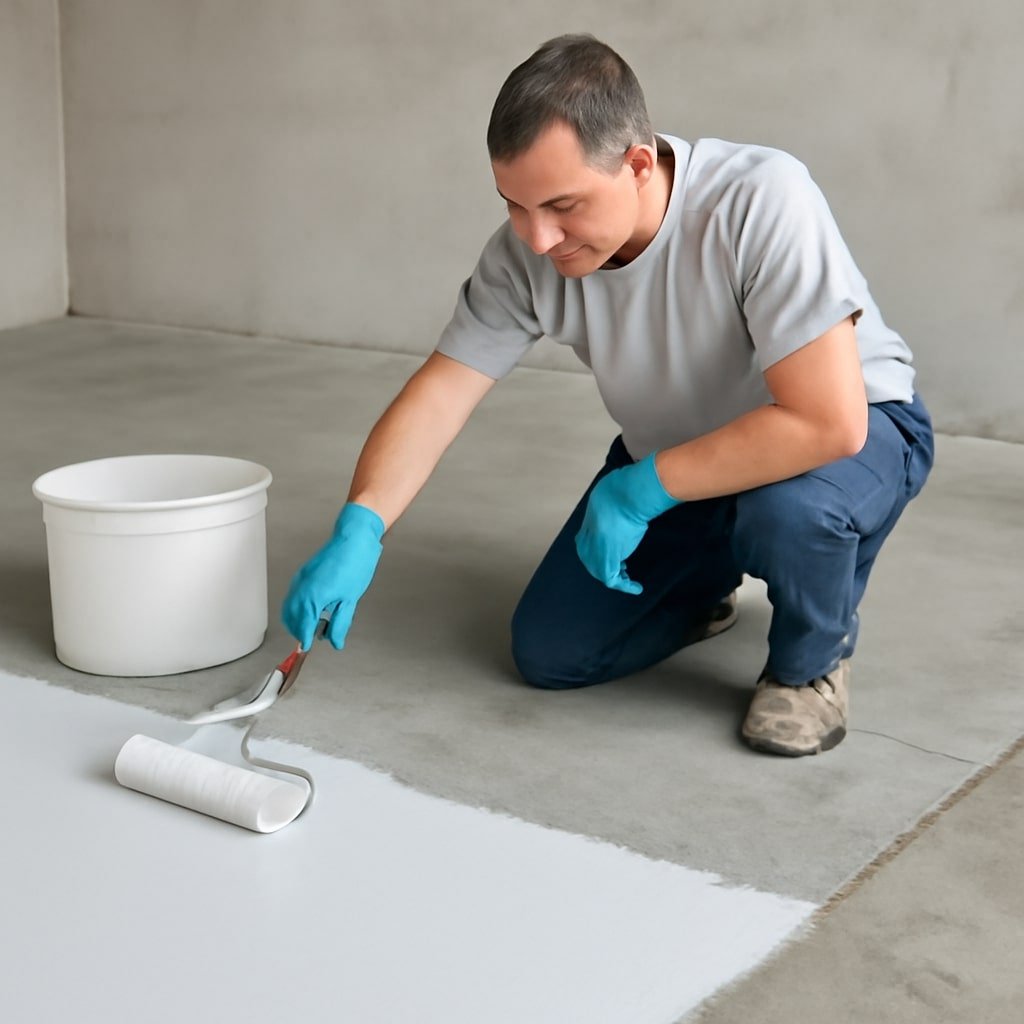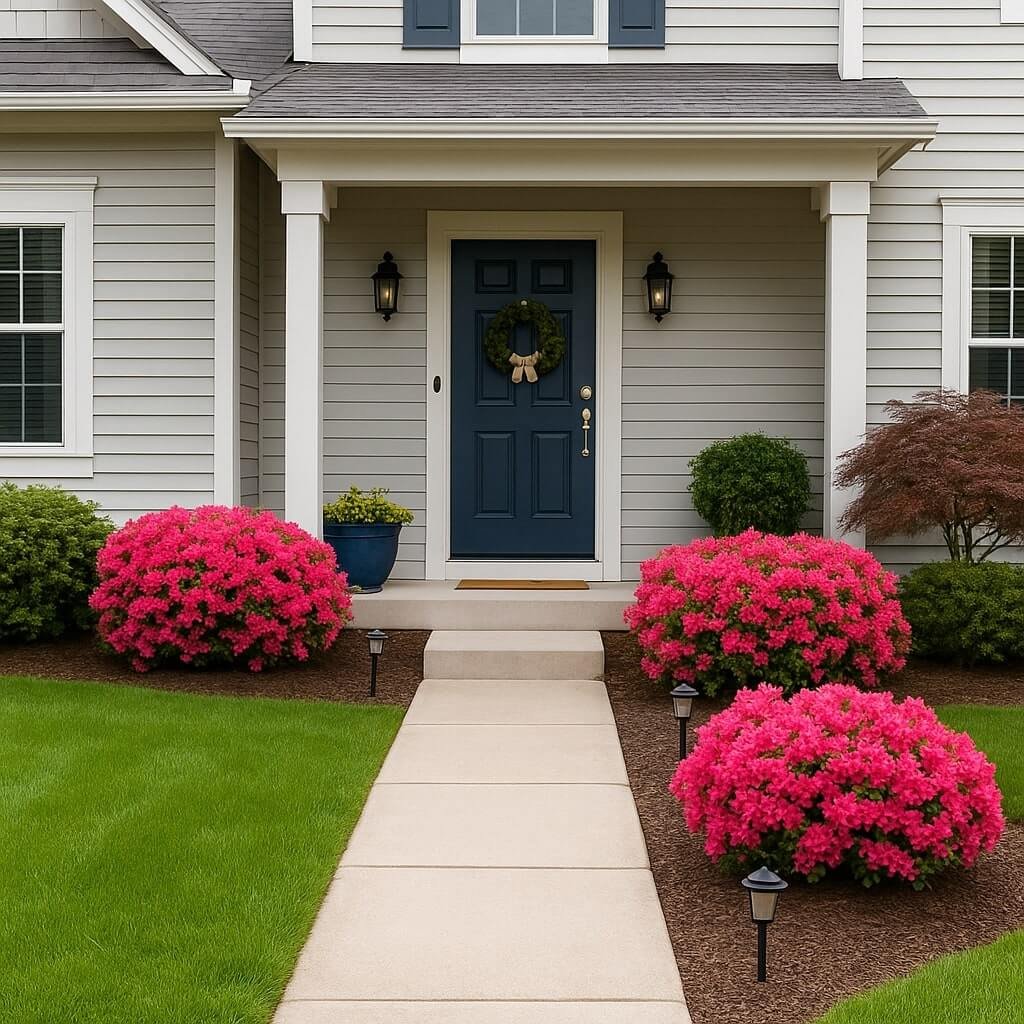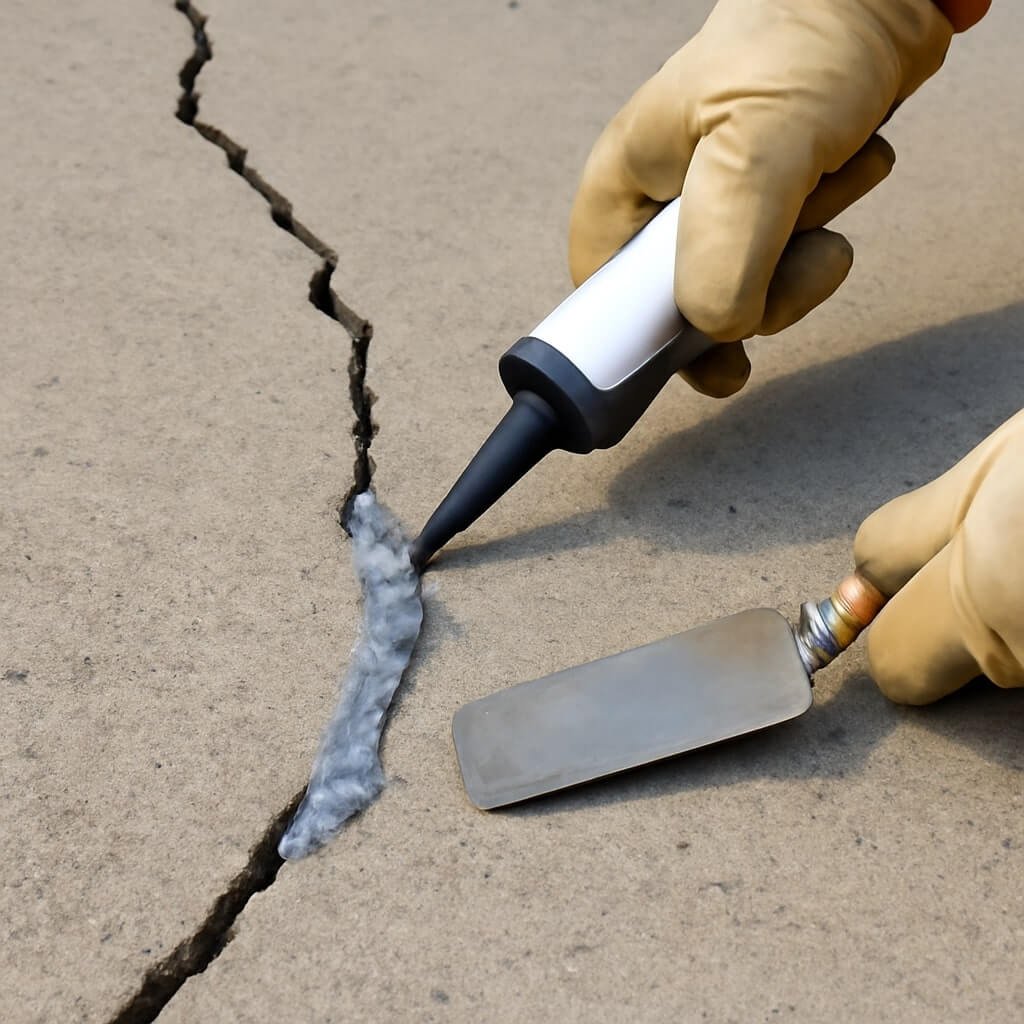Applying epoxy coating on concrete is a popular and effective way to enhance durability, improve appearance, and protect surfaces from damage. Whether you are upgrading a garage floor, a commercial space, or an industrial environment, knowing how to properly apply epoxy coating on concrete is essential for a long-lasting finish. This guide breaks down everything you need to know, including tools, preparation, application steps, common mistakes, and maintenance tips.
Introduction to Epoxy Coating on Concrete
Epoxy coating is a durable, resin-based finish that bonds tightly to concrete surfaces, creating a hard, glossy, and chemical-resistant layer. It’s commonly used in residential, commercial, and industrial settings due to its ability to withstand heavy traffic, spills, and abrasions. Beyond protection, epoxy coatings enhance aesthetics by providing a sleek and customizable finish.
Using epoxy coating on concrete floors can extend their lifespan significantly. It helps resist stains, dust accumulation, and moisture penetration, making surfaces easier to clean and maintain. As a result, epoxy is favored for garages, warehouses, factories, and even decorative flooring projects.
Understanding Different Types of Epoxy Coatings
Before diving into the application, it’s crucial to understand the types of epoxy coatings available:
- Water-Based Epoxy: Low VOC and easy to apply, ideal for light-duty areas.
- Solvent-Based Epoxy: Stronger chemical resistance, but requires proper ventilation.
- 100% Solids Epoxy: The most durable option, often used in industrial applications.
- Fast Cure Epoxy: Designed for quick turnaround times but requires precise application.
Choosing the right epoxy type depends on your specific needs, environmental conditions, and expected wear and tear.
Essential Tools and Materials Needed for Epoxy Coating Application
Successful epoxy application starts with having the right tools:
- Epoxy resin and hardener (correctly matched)
- Mixing buckets and a drill with a mixing paddle
- Concrete grinder or sander
- Moisture meter or calcium chloride test kit
- Concrete patch or filler for repairs
- Primer (if recommended by the manufacturer)
- Paint rollers with extension poles
- Protective gear: gloves, goggles, respirator mask
- Tape and plastic sheeting for masking areas
Gathering all supplies beforehand ensures a smooth, uninterrupted workflow.
Preparing Concrete Surface for Epoxy Coating
Proper surface preparation is the foundation of a durable epoxy coating. Concrete must be clean, dry, and structurally sound.
Moisture Testing Methods
Moisture can ruin epoxy adhesion. Two common tests include:
- Calcium Chloride Test: Measures moisture vapor emission from concrete.
- Relative Humidity Test: Uses probes inserted into concrete to check moisture levels.
If moisture exceeds recommended limits, epoxy application should be postponed or special vapor barriers used.
Repairing Surface Imperfections
Cracks, holes, and rough spots weaken the epoxy finish. Use a concrete patch or filler to repair these defects. After repairs, the surface should be ground or sanded to create a profile that promotes epoxy adhesion.
Mixing Epoxy Coating Properly
Mixing epoxy is a precise step. Most epoxy coatings come in two parts — resin and hardener — that must be combined in the correct ratio.
- Use a drill with a mixing paddle for 3-5 minutes.
- Mix thoroughly but avoid whipping in air bubbles.
- Mix only the amount you can apply within the pot life (working time).
Correct mixing ensures optimal curing and performance.
Step-by-Step Application Process
Applying Primer
A primer coat can improve adhesion, especially on porous or aged concrete. Apply evenly with a roller and allow to dry fully as per the manufacturer’s instructions.
Applying Base Coat
Pour the mixed epoxy onto the floor and spread it evenly using a roller. Work in manageable sections to maintain a wet edge and avoid lap marks.
Applying Top Coat
The top coat adds additional protection and gloss. Depending on product specifications, it may be clear or pigmented. Allow the base coat to cure properly before applying.
Common Mistakes to Avoid When Applying Epoxy Coating
Avoid pitfalls such as:
- Skipping moisture tests or ignoring results.
- Applying epoxy on dirty or damp surfaces.
- Incorrect mixing ratios or poor mixing.
- Over-application causes runs and uneven surfaces.
- Applying in unsuitable temperature or humidity conditions.
Attention to detail prevents costly rework.
Drying and Curing Times
Epoxy curing depends on temperature, humidity, and product type. Typically, initial drying takes 24 hours, with full cure at 7 days. Avoid heavy traffic or cleaning before complete curing.
Maintenance Tips for Epoxy-Coated Concrete
To maximize the lifespan of epoxy floors:
- Clean spills immediately with mild detergent.
- Avoid harsh chemicals and abrasive tools.
- Use floor mats in high-traffic areas.
- Periodically inspect for chips or wear and repair promptly.
Proper maintenance keeps the surface looking new longer.
Environmental and Safety Considerations
Epoxy coatings can emit VOCs and harmful fumes. Always apply in well-ventilated areas and wear protective gear like gloves, goggles, and respirators. Dispose of leftover materials responsibly per local regulations.
Frequently Asked Questions (FAQs)
1. How long does epoxy coating last on concrete?
Properly applied epoxy can last 5-10 years or longer, depending on traffic and maintenance.
2. Can I apply epoxy coating over painted concrete?
It’s best to remove old paint to ensure good adhesion. Paint can prevent epoxy from bonding properly.
3. What is the best temperature to apply epoxy coating?
Ideal application temperatures are between 60°F and 85°F (15°C to 29°C).
4. How do I remove bubbles from epoxy coating?
Use a heat gun or propane torch carefully to pop surface bubbles immediately after application.
5. Is epoxy coating waterproof?
Yes, epoxy creates a waterproof barrier, but proper surface prep is critical to prevent moisture issues.
6. Can I apply epoxy coating myself, or should I hire a professional?
DIY application is possible with preparation and care, but professionals can ensure flawless results, especially for large or commercial projects.
Conclusion and Final Thoughts
Applying epoxy coating on concrete correctly transforms dull floors into durable, attractive surfaces that stand up to wear and tear. By following the preparation steps, mixing guidelines, and application techniques outlined above, you can achieve professional-quality results. Remember, patience and attention to detail make all the difference.




